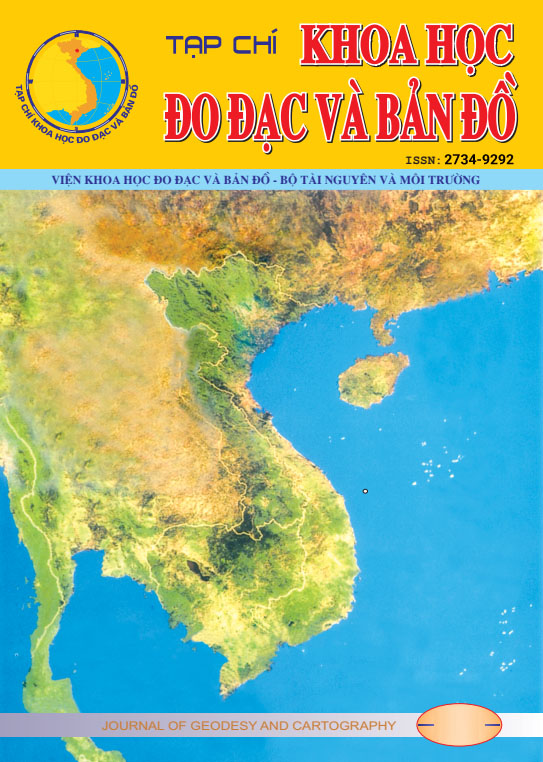Abstract
Land cover plays an important role in the monitoring of environmental resources and climate change, the changes of the objects on the Earth’s surface have a close relationship with the changes in the environment and climate. Therefore, land-cover change analysis is one of the typical applications of remote sensing technology in monitoring natural resources, nature and climate change. Accurate and timely analysis of changes on the earth's surface plays an important role in understanding the relationship and interaction between man and nature, servicing the management of different levels and departments. With its competitive advantages, remote sensing technology facilitates monitoring and rapid assessment of land cover change on a large scale that traditional methods hardly achieve. In this article, we want to introduce a method of land cover mapping using remote sensing technology, complying with the classification guidance of Intergovernmental Panel on Climate Change (IPCC), aiming to build a database to assist in natural resources and climate change monitoring.
PDF (Tiếng Việt)
| Download: 262
Downloads
Download data is not yet available.

